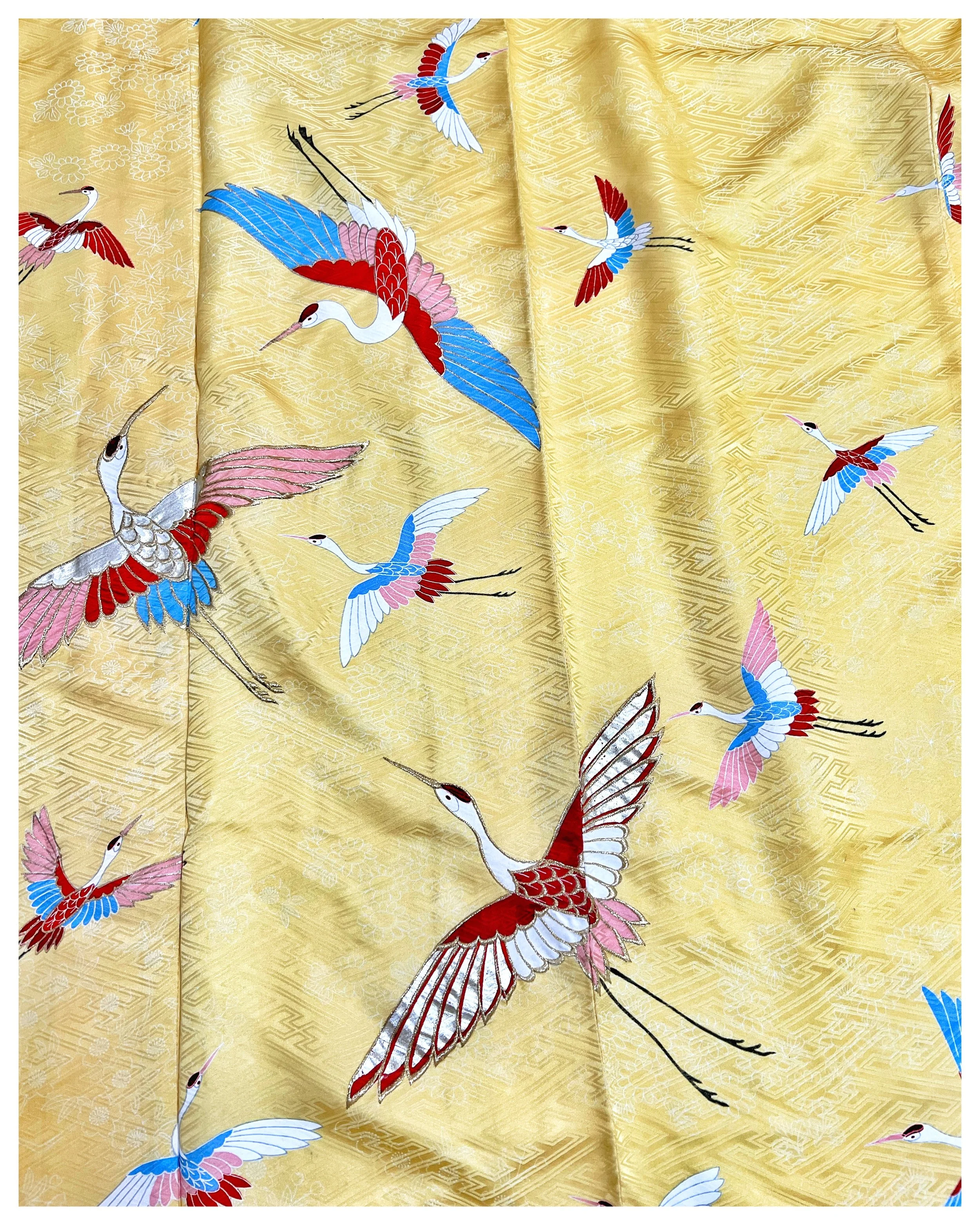
background




. HOW TK CAME INTO BEING .
“Tokyo Kaleidoscope & the concept & execution of our sustainability came about from a culmination of various events in my life.
It really began in childhood simply as a frugality & care for one’s self.
As a child I grew up suffering from eczema all over my body, so my mother took care to only dress me in natural materials next to my skin that were “breathable” ie. simple cottons, linens, cheesecloth,
( silks & cashmere blends when I was much older and better at taking care of my own clothes!).
Any type of wool was avoided as they were “insulator” fabrics which though great for keeping the warmth in, could also generate sweat further aggravating my condition.
Man made fabrics like polyester & rayon were also avoided because they too were not “breathable” increasing sweat and more itchiness.
My mother educating me about the strengths and weaknesses about fabrics resulted in me always being conscious of my fashion purchases and the materials they were made from.
I’m a child of immigrants, when I look back now I realise little things they did, were not only to save money but to not be wasteful. Clothing, when I outgrew them were up cycled into cloth bags, made into warm blankets for our dog and ultimately torn into rags for cleaning day. I grew up with the thinking you don’t simply throw things away when you’re done with them but you find them new life until you literally cannot use them anymore.
We never shied away from thrift/vintage stores or the Salvos, for what could be someone else’s trash could be our treasure, especially as I grew up in an era where many clothes were being produced from man-made fabrics, fast fashion was becoming more apparent because it was cheaper - it was clothes of the past that I really saw the workmanship of tailors and the quality of materials. If the style was perhaps a bit old fashioned to my taste - I quickly learnt on a sewing machine how to alter it to my liking.
I still have silk blouses & vintage pieces I’ve discovered from various vintage markets & charity shops around the world. Even now I still love that thrill of discovery when I find a gem in a thrift store.
I entered University knowing I never wanted to sit behind a desk in a tall skyscraper with a whole load of paperwork in front of me, so I graduated from a course in which you had to have a business idea launched or in the making of. Working part-time in the Australian Fashion/Retail Industry as I studied, I saw a lack of “pretty, fashionable” clothing made from breathable, natural fabrics - everything was man-made fabrics or extremely expensive for a thin cotton/silk dress. The only brands creating clothes from purely cotton/linen/silk etc were for “basic items’ like a plain t-shirt or singlet.
I wanted to create clothes that were not only from good fabric but also something I could wear out for an event, a night out with friends, a date etc. I didn’t want it to be boring.
After I graduated from University - I hopped on a plane to Tokyo as I had discovered that Japan was one of the biggest population of eczema sufferers in the world. Having visited a couple of times before I also knew that Tokyo was highly fashion conscious but a lot of the clothes were created from man-made fabrics. I had a dream to create a fashion line called “breathe” of which the pieces were made from high-quality beautifully printed silks & cottons. However, after living here for a time; I saw the waste of fast-fashion, the quick turnover of seasonal wardrobes and knew that I didn’t want to contribute to such waste by creating a more traditional fashion production line.
I learnt whilst living here in Japan, that many Japanese after inheriting their family’s kimonos, simply did not have the space to keep them especially in central Tokyo - as a result, many kimonos were either sold to vintage dealers, thrown away or worst - burned because there was simply no capacity to store them or maintain them. It saddened me that such beautiful craftsmanship holding so many people’s life stories & such rich history were being discarded in such a manner.
One day as I was exploring one of my favourite vintage markets in Tokyo I found a vintage kimono that I liked, and having an event that night, needing something to wear - I knew that I could reconstruct something from the kimono. I bought that kimono and the first Tokyo Kaleidoscope frock was reconstructed that night.
Tokyo Kaleidoscope grew from there, I loved that I was giving new life to these beautiful kimonos, that the majority of these vintage pieces were made from silks & cottons or silks/cotton/poly blends so that they were breathable to the skin and that what I was wearing was bespoke and no one else would have it!” LIA
THE WORLD OF TOKYO KALEIDOSCOPE | FOLLOW US ON INSTAGRAM | @TOKYOKALEIDOSCOPE





